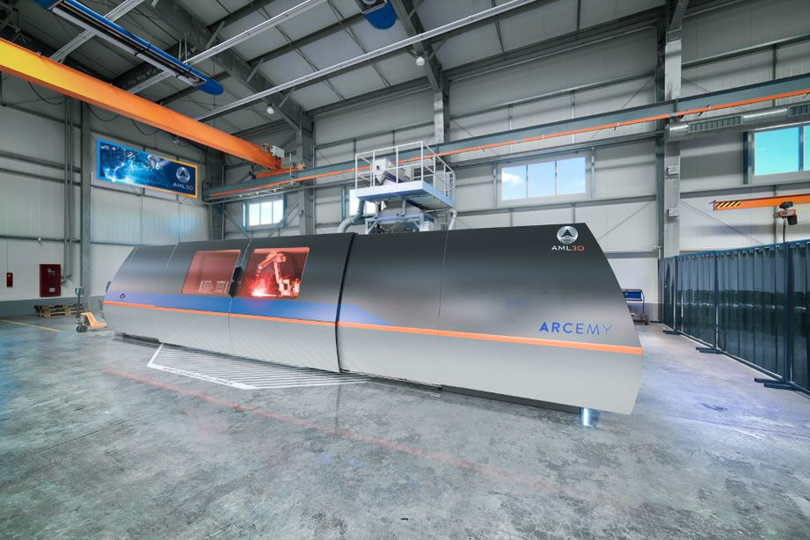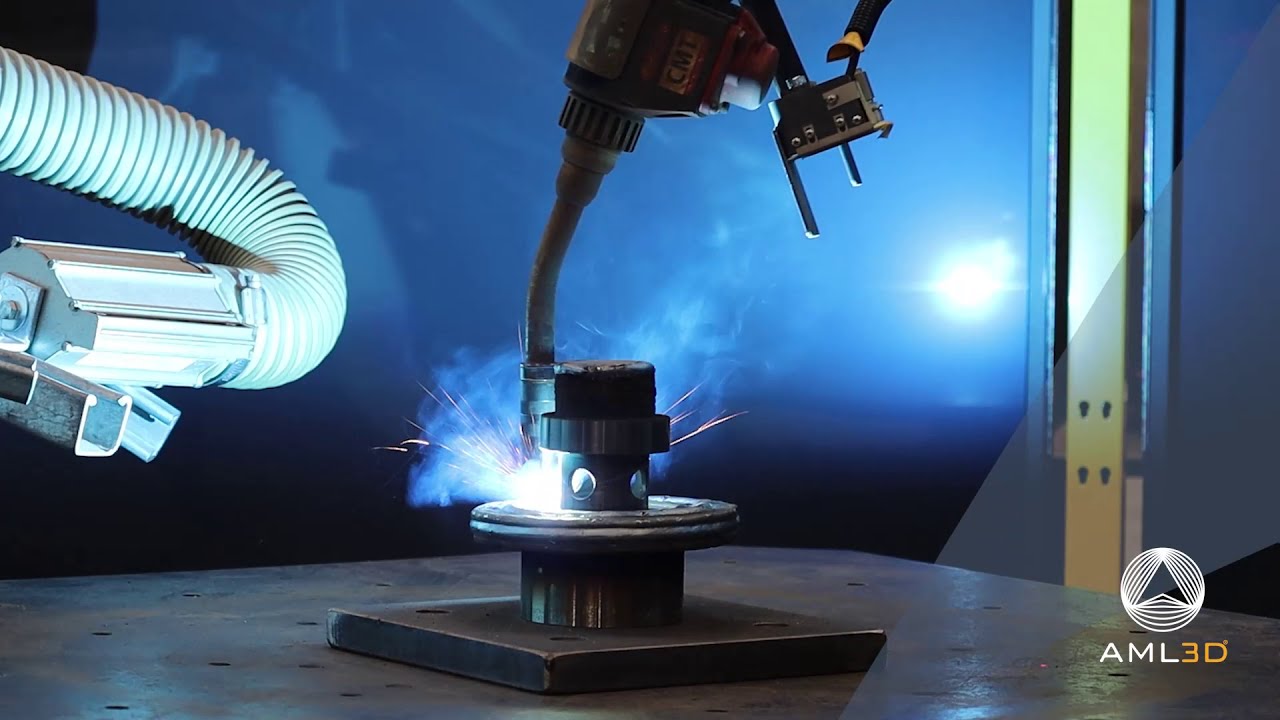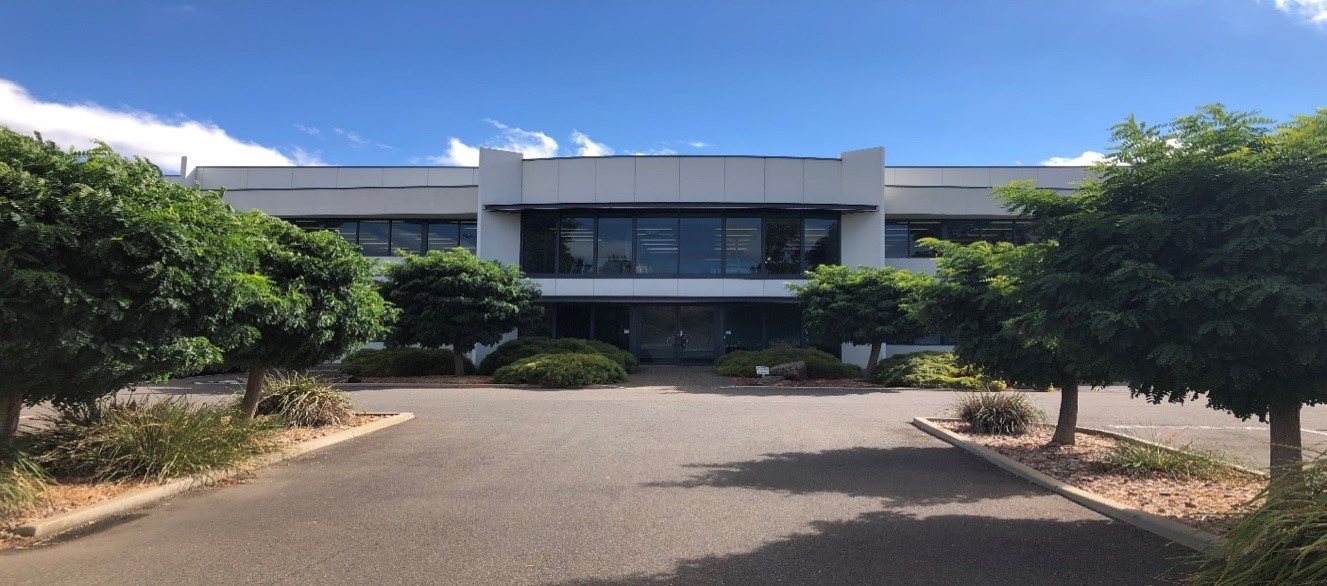Australian metal 3D printer OEM AML3D has announced it will make its first entry into the space sector through a partnership with an unnamed US aerospace firm.
Using its patented wire additive manufacturing (WAM) technology, AML3D will produce a specialized 3D printed high-strength alloy prototype part for the company in its first move into the space exploration supply chain.
AML3D also announced the sale of one of its Arcemy WAM 3D printing units to the Royal Melbourne Institute of Technology (RMIT), which will help steer new additive manufacturing research and development (R&D) initiatives carried out by the organization.
“To have secured a key purchase order for a prototype with a globally recognized space exploration company is further validation of our technological capability at AML3D,” said Andrew Sales, AML3D Managing Director. “AML3D was identified for the provision of a specialty part that is manufactured by our peerless WAM 3D printing technology.
“The special alloy that will for the makeup of this part is unique to AML3D’s products and we look forward to supplying companies in the aerospace sector for years to come.”

AML3D’s WAM technology
AML3D’s patented WAM process is the company’s take on DED 3D printing, and works by combining electric arcs with welding wires as feedstock to produce large-scale free-form parts. The technology is particularly suited to the fabrication of bespoke parts with high-performance materials like titanium.
AML3D first commercialized its WAM technology for the defense, maritime, and aerospace sectors in 2014 with the promise of delivering material savings of up to 80 percent in comparison to traditional casting and forging techniques. The company went public on the Australian Securities Exchange (ASX) in April last year after raising AUD $9 million via an Initial Public Offering (IPO).
Since then, AML3D has continued to expand its capabilities, having agreed a contract with global shipbuilding firm Austal to 3D print components for its naval defense applications, and raising $7 million to increase its contract manufacturing capacity.
Most recently, the company announced an extension to the testing trials of its next-generation 3D printed titanium body armor prototypes, which it is developing with defense product developer Lightforce. The companies hope to eventually commercialize the prototypes and capitalize on the growing global body armor market, which is expected to exceed $3.5 billion by 2028.

Entering the space game
AML3D’s latest foray is into the rapidly growing space exploration sector through its partnership with a leading North American aerospace company which cannot be named due to confidentiality requirements and the “sensitive nature” of the contract.
The partnership will see AML3D deploy its WAM 3D printing technology to produce a specialized alloy part that is both high-strength and corrosion-resistant. The part will be used by the aerospace company as a bespoke prototype.
AML3D was reportedly sought out for the project by the aerospace firm as a result of the high strength and robustness associated with its WAM technology.
Through the partnership, the company will enter the space sector supply chain for the first time. The move also marks a key step forward in AML3D’s strategy to expand into the North American market.
“I am confident that the momentum generated from this new aerospace purchase order will deliver a strong pipeline of opportunities in global space exploration part production both here in Australia and internationally, as we continue to demonstrate our capabilities to companies within this particular sector,” said Sales. “AML3D has the desire and expertise to play a significant role in this burgeoning industry.”

Bolstering 3D printing R&D
In other news, AML3D has also announced the sale of one of its Arcemy WAM printing units to RMIT, which will be leveraged for R&D purposes across multiple metal alloy grades for post-doctorate research, education, and industry-related applications and research.
With the $400,000 purchase, RMIT will install the Arcemy large-scale system at its AM/3D printing center. AML3D will work with RMIT on the installation, commissioning, and training of the unit.
The Arcemy WAM unit is reportedly capable of 3D printing all metallic alloys up to dimensions of 1.5m³ and a mass of 750 kilograms. The machine features a deposition rate of up to 7-8 kilograms per hour, depending on the material in question.
According to AML3D, its Arcemy units are set apart from the likes of powder-based 3D printers due to their greater flexibility, and are certified across a wide array of welding wire feedstock-based metals.
“It’s encouraging to see universities and research institutes seeing the value in our Arcemy printing modules and educational research into the WAM process,” added Sales. “To be able to supply the RMIT Additive Manufacturing Centre with our sophisticated integrated wire-based Arcemy 3D printing unit, under the guidance of Prof Milan Brandt and industry expert Alex Kingsbury, is exciting and endorsing.
“There is an expectation that we will work closely with RMIT in the future around specific R&D programs that will benefit both parties in research, industry application and student-based learning and research.”
Subscribe to the 3D Printing Industry newsletter for the latest news in additive manufacturing. You can also stay connected by following us on Twitter and liking us on Facebook.
Looking for a career in additive manufacturing? Visit 3D Printing Jobs for a selection of roles in the industry.
Subscribe to our YouTube channel for the latest 3D printing video shorts, reviews and webinar replays.
Featured image shows the AML3D Arcemy system, featuring the company’s WAM 3D printing technology. Photo via AML3D.



